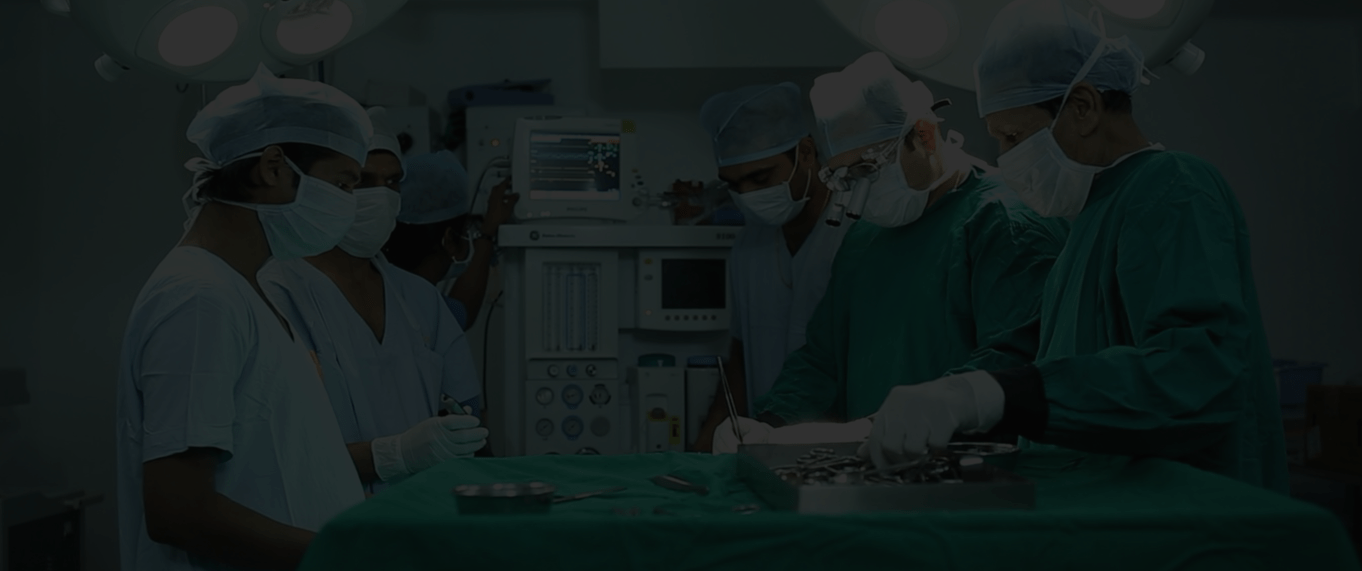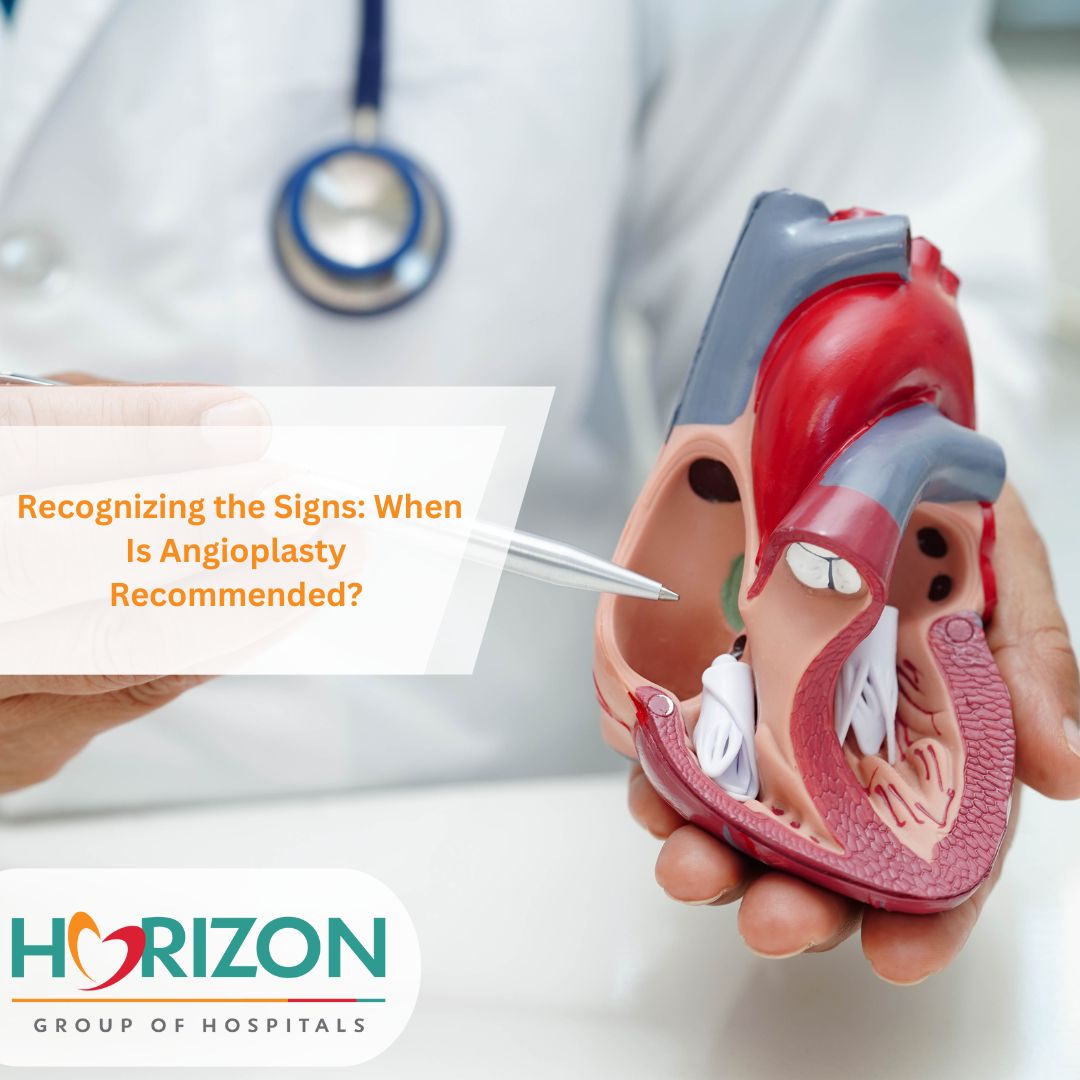
ECMO Therapy, A Saviour & A Bridge To A New Life
ECMO Therapy, A Saviour & A Bridge To A New Life
Horizon Hospital Doctors Gifts New Life To An Australian Citizen Using ECMO Therapy
Horizon Hospital Dr. Hrushikesh Vaidyaand his team has gifted a new life recently to an Australian Citizen using their expertise skills and a life saving heart / lung equipment support called Extracorporeal Membrane Oxygenation (ECMO) therapy. Horizon Prime Hospital is proud to have access to this ECMO therapy. Horizon Hospital is the only one in entire Thane area to have this life saving equipment. ECMO is essentially a heart / lung life support machine that takes over the heart pump and oxygenation functions normally done by the patient’s heart and lungs. The pump provides support for the heart, while the oxygenation function involves the blood being removed from the body, where oxygen is added (and carbon dioxide is removed) and the blood is returned back into the body.
ECMO can be used briefly, for example, during heart surgery requiring that circulation be stopped temporarily to enable the surgeon to perform the operation. But in the context of the ICU, ECMO is typically used for a period of days to support patients experiencing respiratory failure or cardiac failure whose condition is severe yet potentially reversible, such as acute viral cardiomyopathy or acute respiratory distress syndrome (ARDS).ECMO is not considered as a first-line treatment, so its use generally occurs only after conventional therapies and first-line treatments, such as ventilators, have failed. Having ECMO temporarily taking over provides an opportunity for the patient’s own heart and lungs to recover while giving the ICU medical team additional time to determine the optimal treatment strategy and plan next steps.
Dr. Hrushikesh Vaidya, world’s renowned Pulmonologist and Critical Care Specialist, and Chairman and Medical Director of Horizon Group of Hospitals says “ECMO Machine is an extremely important machine that any hospital should have to save the life of a critically ill patient. Using ECMO Therapy, Horizon Prime Hospital is proud to have successfully saved 5 lives including an Australian patient”.
Horizon Hospital located at Naupada, Thane came to the rescue of Mr. Delon Xavier, 49 year old Australian citizen of Indian descent who had come to India to visit his mother-in-law residing at Balkum Thane on February 16, 2024.
Just after 2-3 days after Mr. Xavier’s arrival in Mumbai, he started experiencing symptoms of cough and weakness. Initially he consulted a local physician as symptoms were of minor chest congestion. Things took a turn for the worse when a sudden and severe coughing condition with the appearance of blood-tinged sputumand breathlessness became a major concern for his family . With his health rapidly declining, he was rushed to Horizon Hospital in Naupada Thane, where the medical team suspected an infectious disease. Mr. Delon Xavier was infected with Human Metapneumovirus (HMPV).
HMPV, is a type of common respiratory virus. Its an infection that affects the upper and lower respiratory tract. HMPV was first discovered in 2001 and belongs to the same family as respiratory syncytial virus (RSV). HMPV has similar symptoms to other respiratory illnesses including coughing, congestion, fever and shortness of breath. The infection usually causes a mild upper respiratory tract infection, but can also lead to more serious illnesses such as pneumonia. Even though, India has reported limited cases of metapneumovirus, CDC had reported in March 2023 that the cases of metapneumovius were 36 percent higher than the pandemic. It is the second most common cause of respiratory illness in children after RSV and in more severe cases, that can lead to intensive care and fatal cases of pneumonia in older adults.

The virus largely spreads when you come in close contact with an infected person. You might become exposed to the virus if you:
- Touch surfaces that contain the virus
- Touch your mouth, nose, or eyes after you touch infected surfaces
- Come in contact with droplets from an infected person such as sneezing, spitting, or coughing
- Have close contact such as handshakes and touching
Once the virus enters your body, the incubation period – the time between exposure to the first signs of symptoms – is 3 to 6 days.
Most HMPV symptoms are mild. They can include:
- Cough
- Nasal congestion
- Runny nose
- Fever
- Sore throat
These usually go away in 2 to 5 days. But they can worsen and cause serious health issues in some cases. If your symptoms last more than 2 weeks or become severe, one should immediately consult a specialist.
At times,a small number of people can develop more serious HMPV symptoms such as:
- Wheezing
- Asthma flare-ups
- Difficulty breathing
- Shortness of breath
- Fatigue
- Bronchitis
- Severe bronchiolitis (most common in children, this chest infection can be fatal in rare cases)
- Pneumonia
Now coming back to Xavier’s health condition, the tensions mounted as his health started deteriorating and breathing became increasingly difficult. Distress loomed large.Upon consultation with his better half, back in Australia, he was admitted to the Horizon Hospital, Naupada, Thane, on the 28th of February, 2024. As soon he was admitted, he was attended by a team of physicians and Pulmonologist, Intensivist, and also the Medical Director of Horizon Hospital.
Upon admission, the patient had a high fever and severe breathing difficulties. Exhibiting a worrying oxygen saturation level of just 65% on room air, he was promptly provided with Ni support and following a comprehensive evaluation was admitted to the intensive care unit.A day went by but to no avail, It became increasingly evident that his condition was further deteriorating. Respiratory rate plunged, and oxygen saturation tanked to dangerously low levels.
Despite assistance from a ventilator, his oxygen levels and respiration rate were not improving. All signs pointed towards primary lung failure. When all hope seemed lost, expert advice was sought regarding the necessity of an ECMO procedure as a potentially life-saving intervention, and the family was informed and counselled accordingly.
On 29th February 2024, a pivotal moment arose as ECMO therapy was initiated. Under Dr. Hriushikesh Vaidya’s leadership, the ICU team embarked on a meticulous daily vigil, closely monitoring vitals. A collaborative effort ensued, with a team of experts, including ECMO specialists, pulmonologists, cardiologists, ENT surgeons, and nephrologists, workingtirelessly to navigate the patient’s path to recovery.
The entire team of doctors, staff and his family breathed a sigh of relief on the 7th of March as the patient began to show signs of improvement. Subsequently, the arterial line and the TT tube were removed. Remarkably, the patient made a full recovery by the 11th of March 2024.
Dr. Hrushikesh Vaidya says “ECMO machine is now redefining death. ECMO therapy has emerged as a mechanical circulatory support system with rapid advancements in its technology. It has become an essential tool in the care of adults and children with severe cardiac and pulmonary dysfunction refractory to conventional therapy. The ease of implementation and cost effectiveness makes it highly desirable alternative bridge to recovery or decision especially in developing countries like India. Post the pandemic, even though ECMO machine has become increasingly popular,but because of the high operating cost and the skills required to use this machine, not many hospitals has got this technology”.
Dr. Hrushikesh Vaidya further said “ECMO treatment is costlier because of the high cost of disposables, higher recurring or maintenance charges per day, increased length of ICU stay, need for higher antibiotics and involvement of multiple professionals. In the current scenario, ECMO services are being offered at a few private sector multispecialty hospitals”.
ECMO has existed for more than five decades. Yet, despite significant technological advancements and improved outcomes, its reputation and acceptance have lagged behind due to persistent myths and misconceptions surrounding outcomes and impact on hospital operations and finally costs. Perpetuating these misconceptions is a costly mistake for hospitals — not only in terms of the missed financial opportunities but, more importantly, in terms of patient lives.
Following are the misconceptions thatpeople have about ECMO
- ECMO is expensive and drain on financial resources: ECMO is a cost-effective and financially viable therapy, capable of generating a significant return on investment and contributing to a hospital’s overall financial growth and success. The addition of an ECMO program is a logical progression for tertiary centers and is less labor and capital-intensive than many other new clinical programs. ECMO program enhances critical care services and positions the hospital as a leader in medical innovation. ECMO care has one of the highest reimbursement rates of any hospital-provided service. As the volume of ECMO cases increases, the anticipated financial gains follow suit, further enhancing the program’s profitability.
- ECMO Therapy is a highly complextherapy: Compared to the extensive requirements and lengthy timelines often associated with becoming a trauma or comprehensive stroke center, the establishment of an ECMO program is far less complex, allowing hospitals to swiftly integrate this life-saving therapy into their offerings.
- ECMO offers very poor survivalrates: With improved ECMO survival rates, there is a significant opportunity to save lives that is currently being missed. ECMO has come a long way in recent years in terms of outcomes and the financial and operational realities it delivers for hospitals. In light of these considerations, it’s time for health care leaders to take a fresh look at ECMO. The myths that once clouded its potential have been debunked, replaced by compelling evidence of its financial viability, ease of implementation, and positive impact on saving patient lives.
Dr. Hrushikesh Vaidya said “With the aid of advanced technology, the skill of the medical team, and of course, divine grace, the patient returned to Australia without delay.”
Thus it’s a Life Saved And A True Story of Hope.








